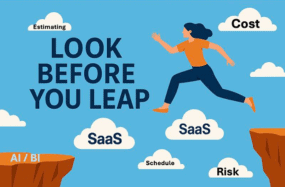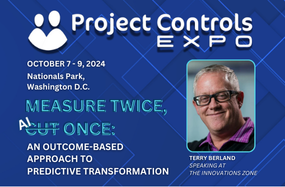Primavera Unifier and SOAP for Clean Back-office Integration
With Primavera Unifier, Oracle has made its intentions clear – to provide the ‘best-in-class project lifecycle management solution for capital planning, project delivery, cost control, and facilities and real estate management.’ To help make Unifier the application of choice, Oracle includes a business process automation engine, audit functions, reporting – and an interface based on XML web services. This last item is more meaningful when described as a basis for integrating Primavera Unifier with other enterprise applications such as ERP, HR, supply, procurement and payroll management.
Unifier as an Integration Platform
Such integration should be simple and secure if it is to be embraced by enterprises. Ideally, it should also allow an exchange of information both ways. For this, Unifier offers the ability to call and respond to standard XML-based web services. When the system destined to exchange information with Unifier also uses these services, integration can be done directly. If not, one option is to write a specific Unifier client (although this may require non-negligible effort). Another is to use an enterprise service bus (ESB) that ‘talks’ XML to Unifier on one side and whatever protocol the other application is using on the other side.
Oracle’s Love Affair with XML
Unifier isn’t the only XML-centric application in the Oracle range. Business Intelligence Publisher (BIP for short and formerly known as XML Publisher) for instance communicates exclusively via XML. Any application that can’t talk XML can’t play. Once the concept of an infinitely extensible markup language has been grasped, XML makes a lot of sense as a data transport format. With Web services, the XML model with its document type definition maps onto an industry standard mechanism to get to applications to exchange information in a ‘web-like’ way.
Squeaky Clean with SOAP and WSDL
SOAP stands for Simple Object Access Protocol. It defines the XML format for the messages that are exchanged between Unifier and another application, using the XML web-based services. WSDL (Web Services Description Language) is the language that SOAP uses to express its message format definitions. A WSDL file is an XML document with a set of SOAP messages to specify how the messages are to be exchanged, what must go in a request message and what a response message must contain. If you’ve already worked with XML document type definitions that accompany XML-based storage and transport, WSDL will look familiar.
Security and Added Smarts
To make sure things continue on the right track, the Primavera Unifier web service interface also uses SSL (secure sockets layer) to encrypt all data in transmission. Web service exchanges between Unifier and other applications therefore benefit from the same protection as in online credit card and banking transactions. At the same time, thanks to the flexibility of XML and WSDL, Unifier can integrate dynamically with different applications. It can also respond to requests for report-based business intelligence: users build their requests using the publicized WSDL file provided by Unifier that describes how to interact with Primavera Unifier Web services. That way Unifier really does unify critical business processes and data across the organization.
——————————————————————————————
LoadSpring will exhibit at 2014 Oracle OpenWorld, San Francisco, Sept 27-Oct 2nd. Watch for our emails and bookmark this page to see all our exciting news and giveaways. See more here.








